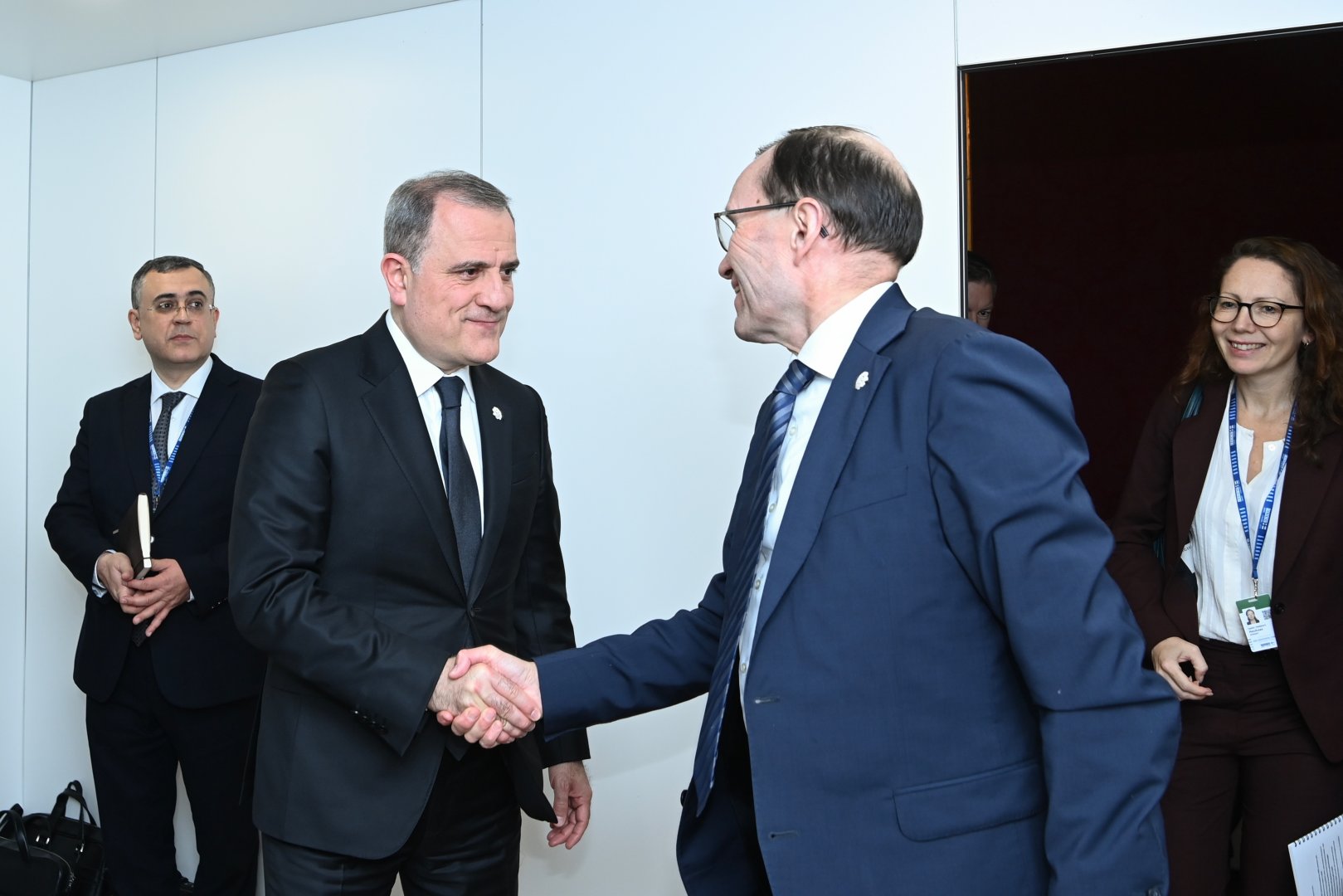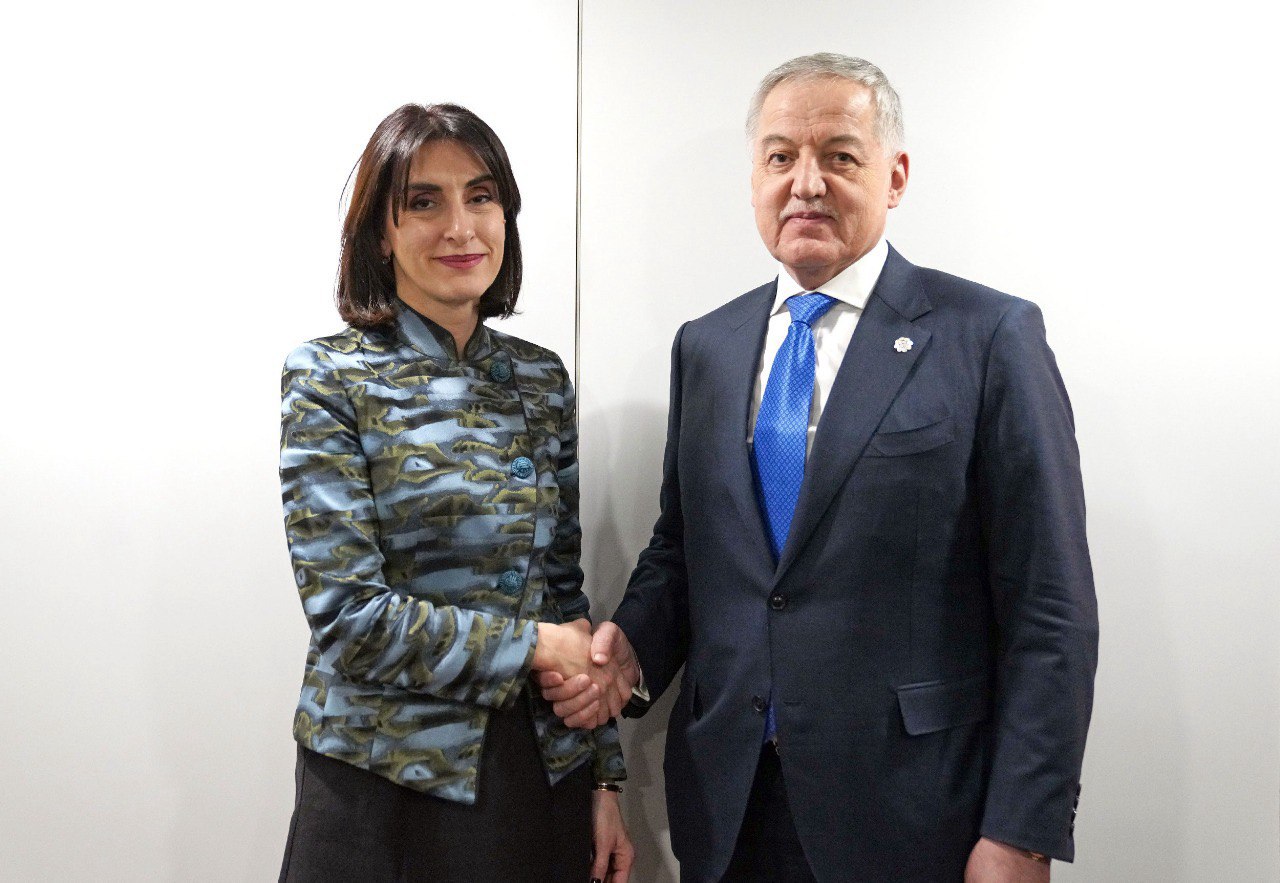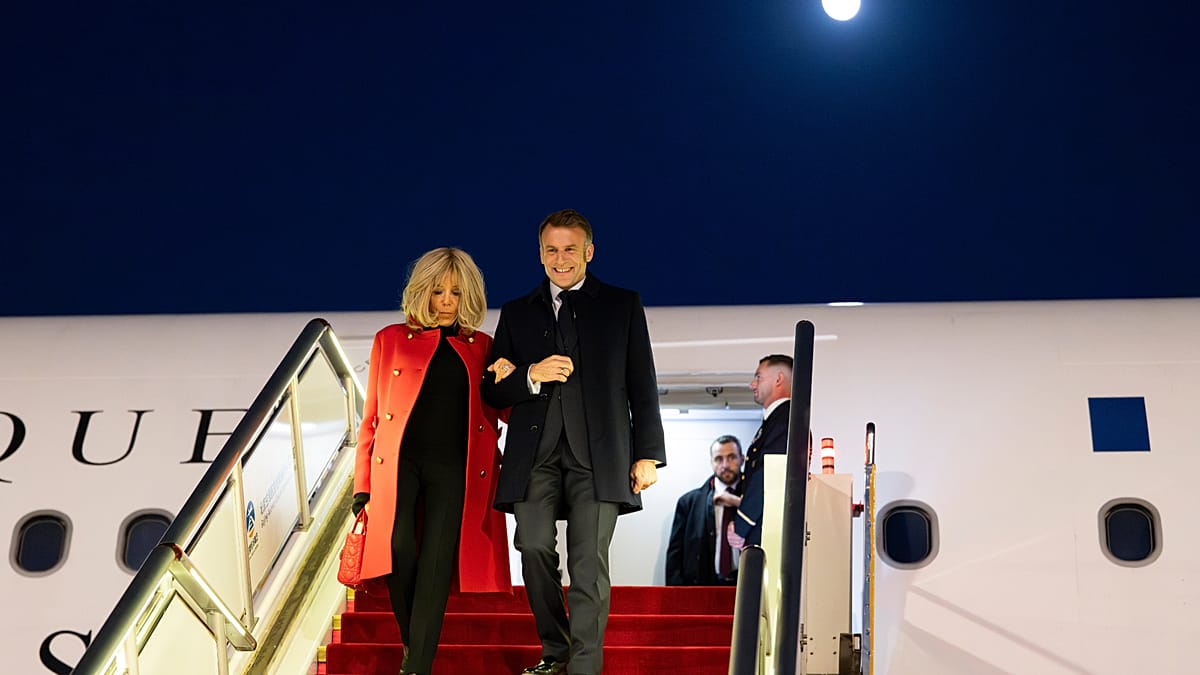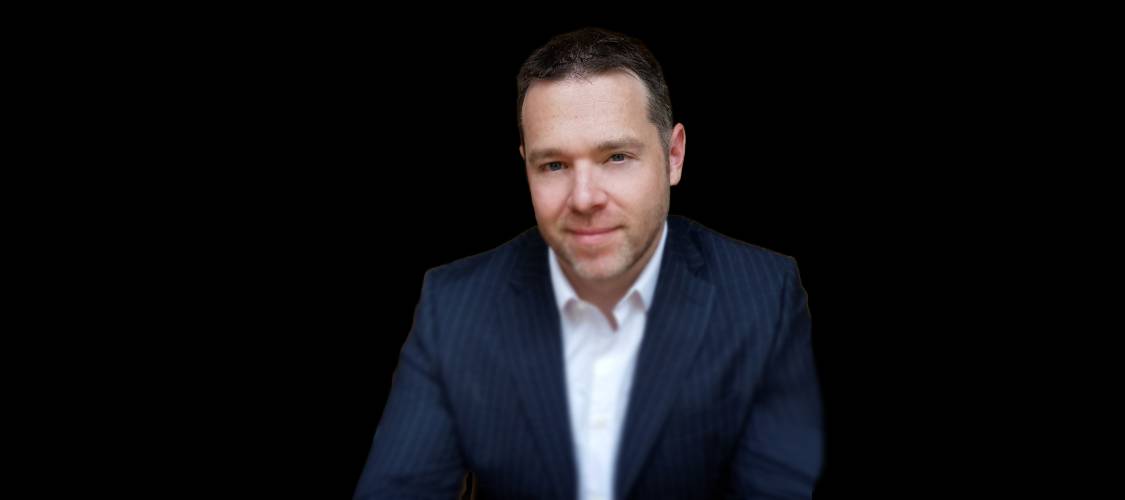Transfers That Broke Up Legendary Team
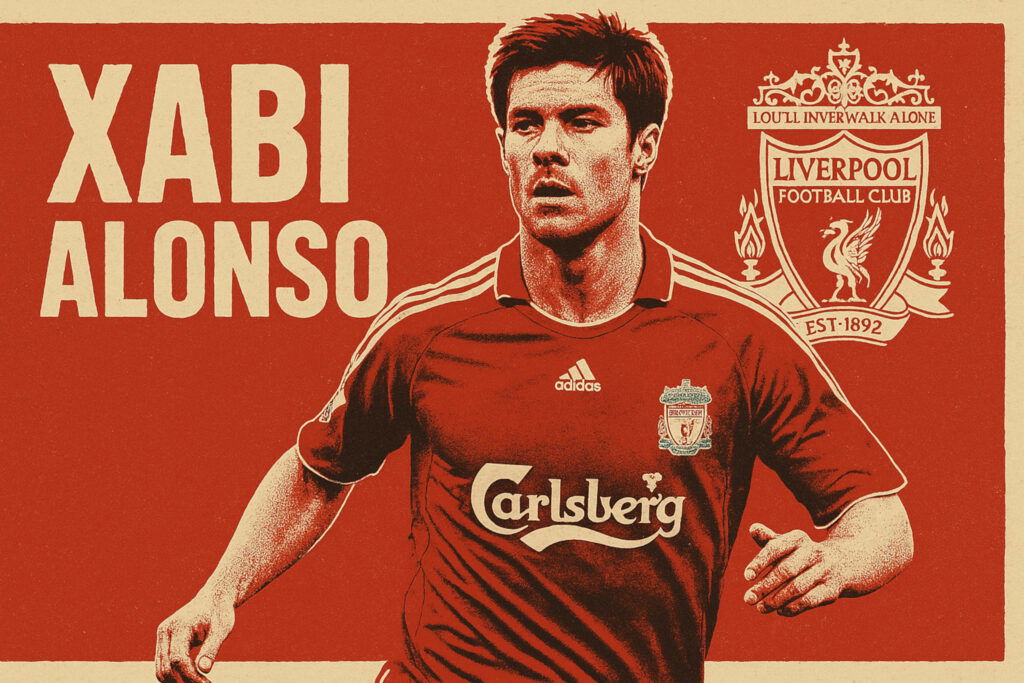
When iconic squads were split apart by key departures
Some teams achieve such a perfect balance of talent, chemistry and leadership that they leave a lasting imprint on football history. But even the greatest squads can unravel when one major piece is removed. Whether due to ambition, money or internal tension, transfers have often served as the spark that broke up legendary sides. Here are some of the most pivotal moves that brought iconic eras to a premature end.
Luis Figo – Barcelona to Real Madrid (2000)
Figo’s departure from Barcelona to arch-rivals Real Madrid was not just shocking, it felt like betrayal to the Camp Nou faithful. As one of the leaders of a talented late-90s Barça side that included Rivaldo, Guardiola and the De Boer brothers, Figo’s move disrupted a team that was still capable of competing at the top. His transfer marked a power shift in Spain and helped launch the Galácticos era in Madrid. Barcelona, meanwhile, entered a period of decline before rebuilding under Rijkaard years later.
Neymar – Barcelona to PSG (2017)
Barcelona’s famed attacking trio of Messi, Suárez and Neymar had just completed the treble in 2015 and continued to terrorise Europe. But Neymar’s record-breaking switch to Paris in 2017 broke up the most devastating front three of the modern era. It also set in motion Barcelona’s chaotic spending spree on replacements that never quite fit. Without Neymar’s pace and dynamism, the team lost balance. The club has since struggled to regain its former dominance.
Cesc Fàbregas – Arsenal to Barcelona (2011)
Arsène Wenger’s young and promising Arsenal side of the late 2000s was built around Cesc Fàbregas. While they never lifted the Premier League title, the group featured talents like Van Persie, Nasri, and Song, and played some of the best football in Europe. Fàbregas’ return to Barcelona was the first major crack, followed closely by Nasri and Clichy joining Manchester City. The project was never fully realised, and Arsenal drifted into a more transitional era.
Xabi Alonso – Liverpool to Real Madrid (2009)
Rafa Benítez had built a formidable Liverpool side by 2008–09, finishing second in the Premier League and boasting spine players like Gerrard, Torres, Mascherano and Alonso. But internal disagreements saw Xabi Alonso sold to Madrid, a loss Liverpool never truly replaced in midfield. The departure disrupted the balance and vision of the side. The following seasons saw a clear drop-off, culminating in Benítez’s exit in 2010.
Zlatan Ibrahimovi? – Inter Milan to Barcelona (2009)
Inter under José Mourinho had a well-oiled machine, with Ibrahimovi? as the focal point. His swap for Samuel Eto’o, plus cash, was intended to benefit both clubs. While Eto’o played a crucial role in Inter’s treble-winning season, the move effectively signalled the end of a side built around Ibra. Had he stayed, the dynamics and tactical structure would likely have been different. This was less a failure than a sharp shift in identity.
Cristiano Ronaldo – Manchester United to Real Madrid (2009)
United’s side from 2006 to 2009 dominated English football and reached two consecutive Champions League finals, winning in 2008. Ronaldo’s exit to Madrid was inevitable, but it marked the end of that dominant cycle. Although Ferguson managed another league title in 2011, the team lost the edge and creativity Ronaldo brought. The attack never fully recovered its cutting power, and within a few years the core was dismantled.
Clarence Seedorf – Ajax to Sampdoria (1995)
Louis van Gaal’s young Ajax side that won the Champions League in 1995 was built on a mix of academy graduates and emerging stars. Clarence Seedorf’s early move to Italy was the first major exit, followed by Davids, Kluivert, Overmars and others. The exodus dismantled one of the most complete and technically gifted sides of the decade, just as they were entering their prime. Ajax struggled to hold onto talent in the face of Europe’s financial muscle.
Didier Drogba – Chelsea to Shanghai Shenhua (2012)
Chelsea’s 2012 Champions League win was the culmination of a squad built over years, with Drogba as its talisman. His departure after the final felt like a full stop on an era that included the likes of Lampard, Terry, and Cole. Though Chelsea would win more trophies, the emotional core and battle-hardened edge of that squad was never quite the same. Drogba’s absence in big moments was keenly felt in the seasons that followed.
Zinedine Zidane – Juventus to Real Madrid (2001)
Marcello Lippi’s Juventus of the late 90s was a powerhouse, reaching multiple Champions League finals and dominating Serie A. Zidane’s sale to Madrid for a then-record fee marked the start of a shift. Though Juventus reinvested smartly, the sale removed their central creative force. It also contributed to the reshaping of Real Madrid, tilting European power towards the Spanish capital.
Thierry Henry – Arsenal to Barcelona (2007)
The invincible Arsenal side of 2003–04 had already begun to fragment, but Henry’s departure symbolised its final collapse. As captain, top scorer, and symbol of the club, his exit to Barcelona was a blow to both morale and quality. Wenger’s post-Highbury Arsenal became younger, less experienced, and less competitive in title races. Henry had carried them through transition, but once gone, the club never truly filled the void.
Takeaway
Transfers don’t just alter squads; they can fracture identities. A single player’s departure can signal the beginning of a slow unravelling or trigger an immediate decline. Whether for financial gain, personal ambition, or tactical reasons, some exits reshape the trajectory of a club far beyond the balance sheet. The best teams aren’t just a collection of players. They are fragile ecosystems, and sometimes, all it takes is one move to unsettle the whole thing.



